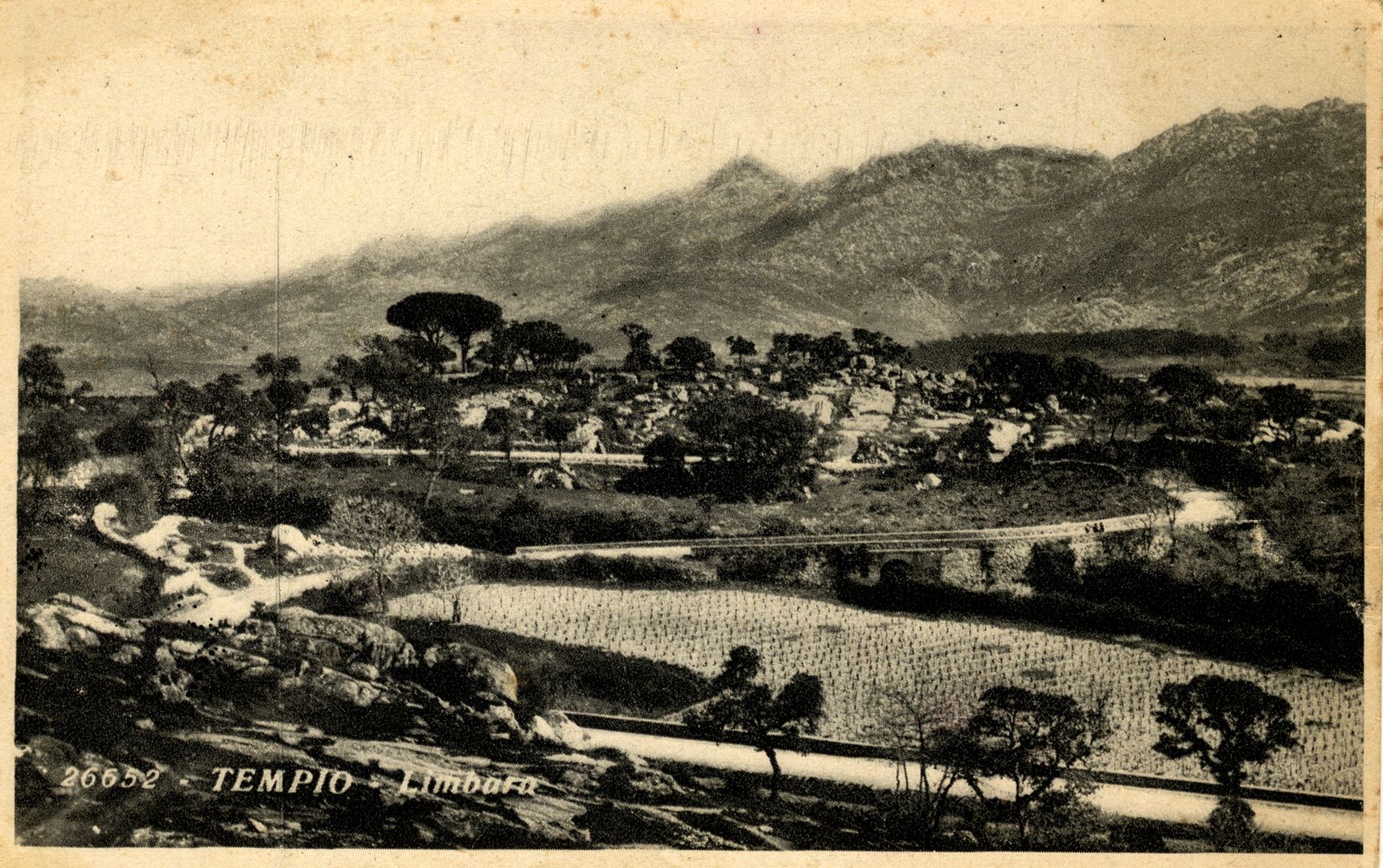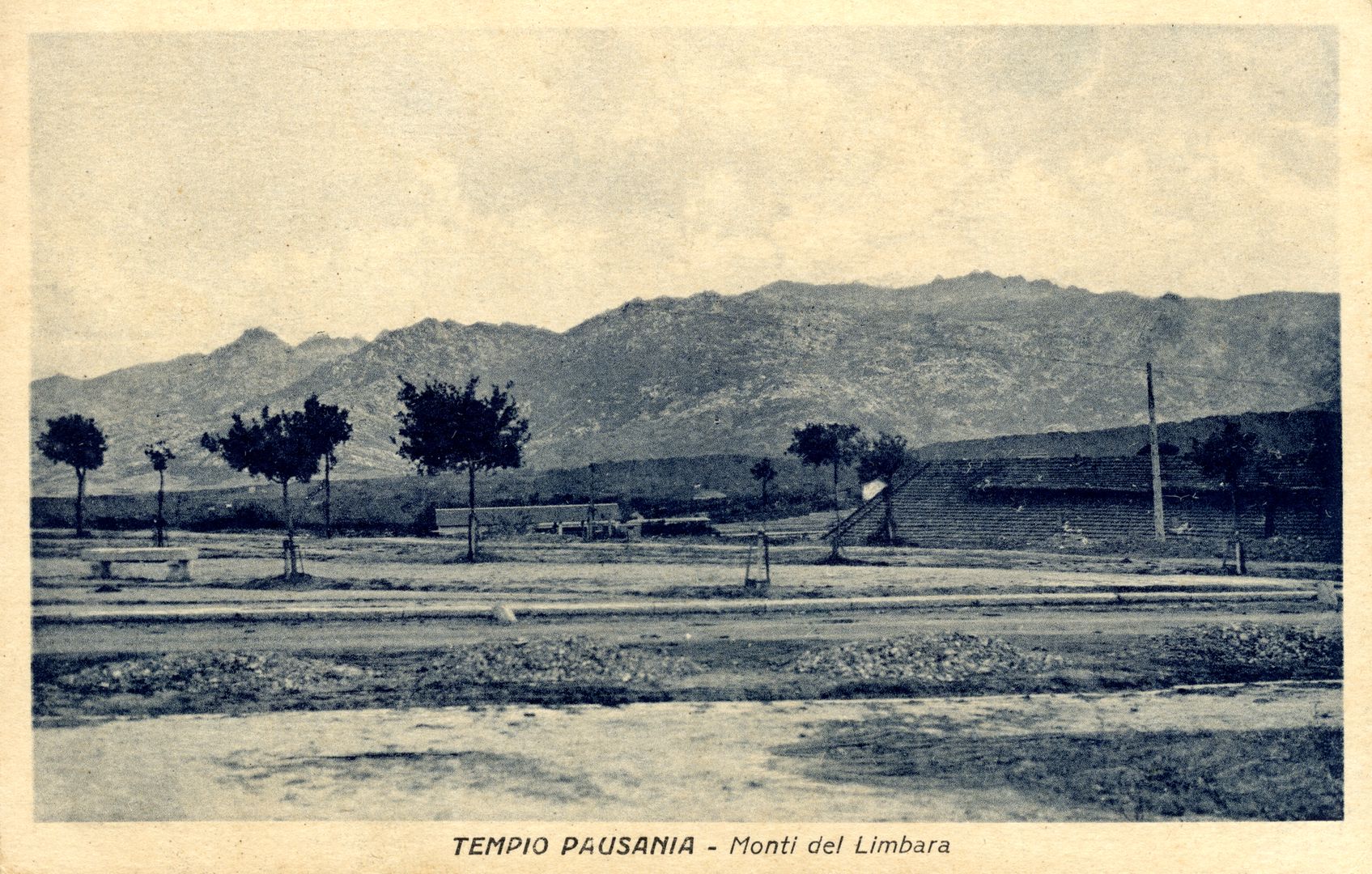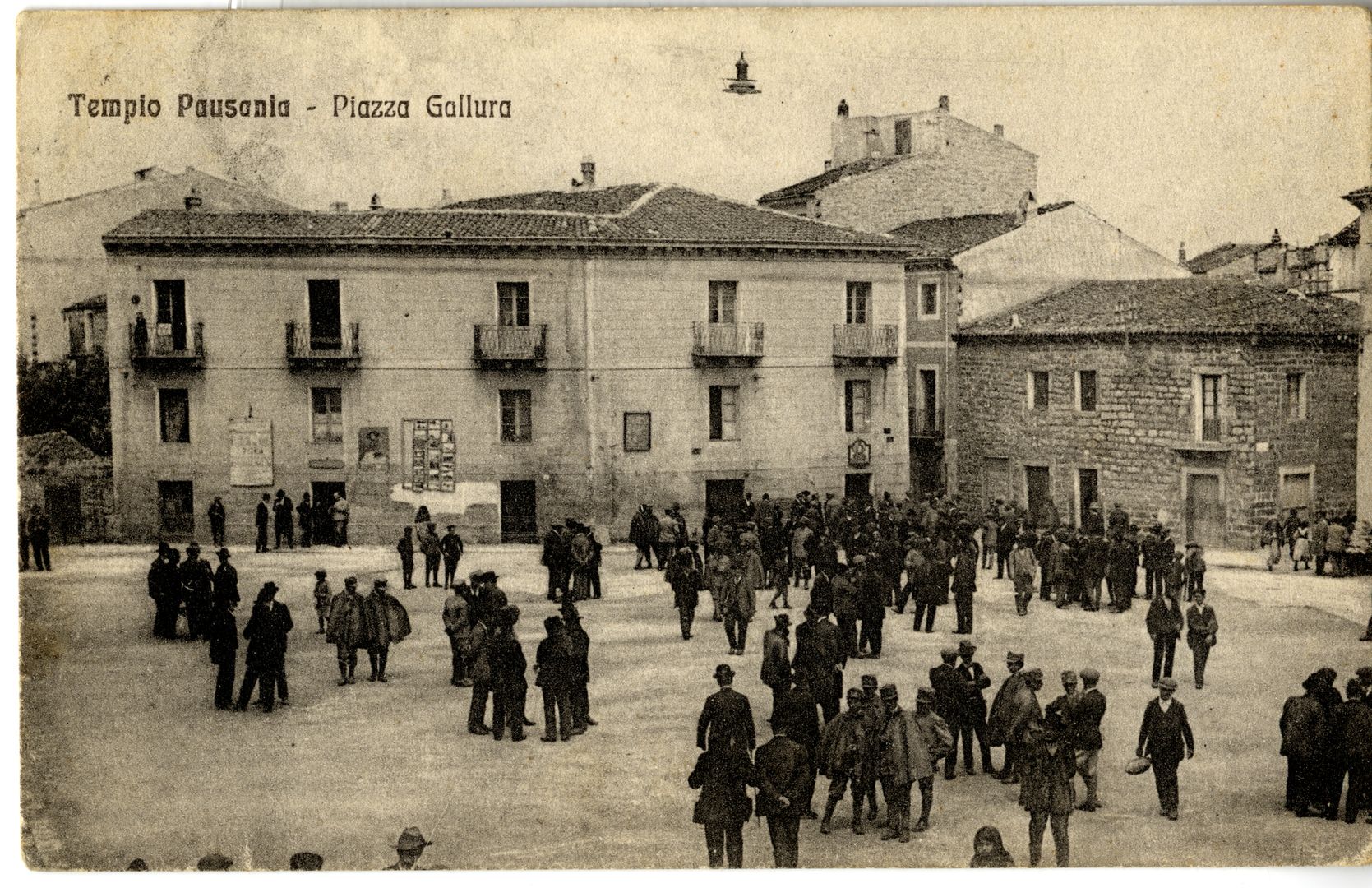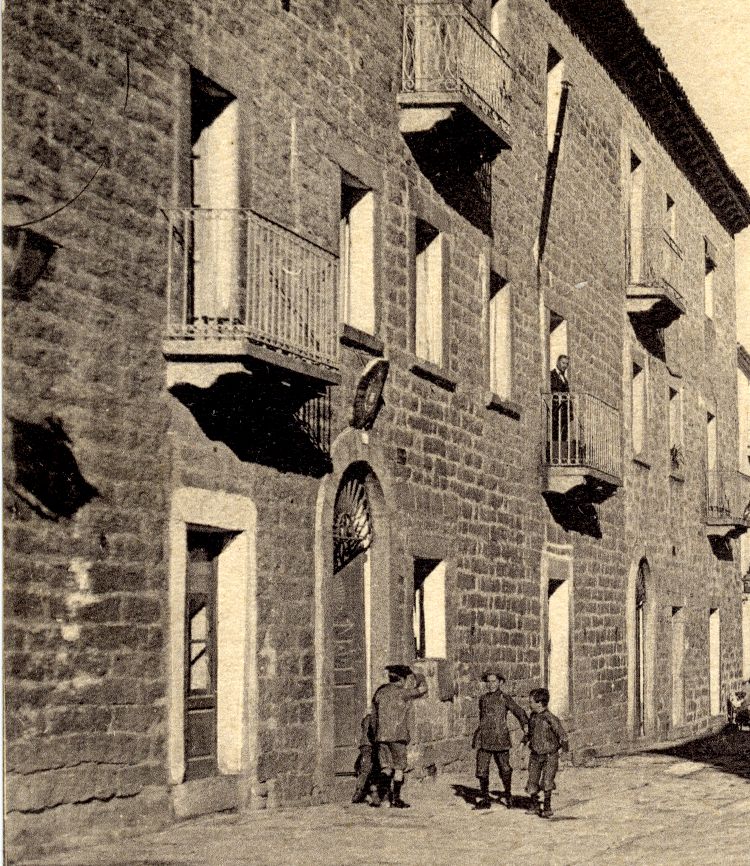“I thought Tempio was essentially a bandit city," I exclaimed.
“Well it certainly is in the heart of the Lymbara range, and is mightily infested with the vermin; nevertheless it has a peaceful population enough on the whole, just a little more independent, a little more thoroughly Sard, a little less under the thumb of government and laws, and all that sort of thing”, replied Best. […]
Tempio at last! How glad we were to canter up its quiet gloomy streets, with their heavy looking red granite houses and ponderous wooden balconies glad, and surprised to find a decent Locanda and thankful to have a clean bed.
An old-world little city certainly is this Tempio, with its handsome, but Moorish looking population of over 6000 souls, and carrying on quite a traffic in guns, fine linens, fruits, cheese, hams, and bacon. Here, as elsewhere, are to be found certain families boasting their noble titles, a lower class consisting of advocates, physicians, notaries, who dress in foreign cloth and can afford to educate their sons; but the bulk of the population, as may be supposed, consists of the “plebei”, who wear the native home-spun, and who form in reality by far the most interesting portion of the community.
The climate of Tempio, from its position, is far more healthy than most parts of Sardinia; some of the surrounding country may vie with Sassari for rich produce and excellent cultivation, and there are excellent springs of water. While Campana attended to his duties, Best and I roamed about making our observations, he knew many of the inhabitants, having frequently visited Tempio before. His chief acquaintance, however, lay among some of the principal shepherds inhabiting neighbouring stazzus. These men as I said before often have immense wealth in flocks and herds, and exercised great power and authority over their poorer neighbours. Such was one Leonardo Puni, and as there was to be a Graminatoju at his dwelling, Best invited me to accompany him; this in other words meant a “wool-picking”, like an American “bee”.
SOURCES OF ILLUSTRATIONS
Postcards and photos from the 19th and early 20th century
Coll. Erennio Pedroni, Gianfranco Serafino, Vittorio Ruggero – Tempio Pausania
© ALL RIGHTS RESERVED






